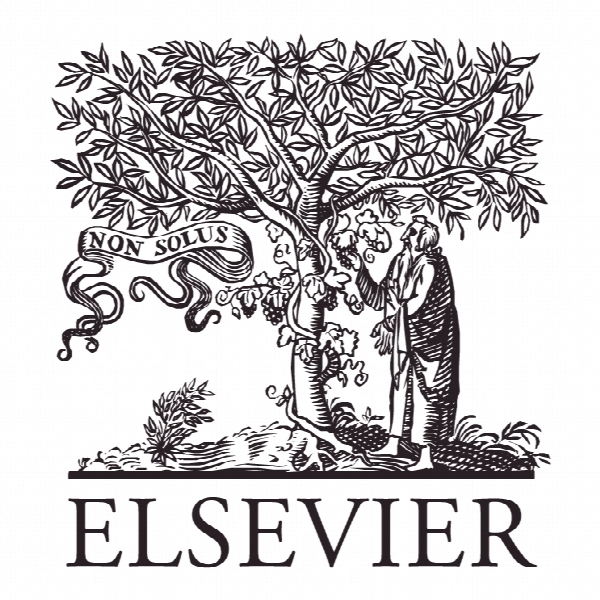آیا توقفگاه های بین راهی میتوانند برای مراکز حمل و نقل به عنوان جایی برای خواب مسافرین القا شود؟ یک دیدگاه جدید در رابطه حمل و نقل هوایی و گردشگری Can stopovers be induced to revisit transit hubs as stayovers? A new perspective on the relationship between air transportation and tourism
- نوع فایل : کتاب
- زبان : انگلیسی
- ناشر : Elsevier
- چاپ و سال / کشور: 2017
توضیحات
رشته های مرتبط علوم فنون هوایی
مجله مدیریت حمل و نقل هوایی – Journal of Air Transport Management
دانشگاه موسسه بین المللی سوری، سرمایه گذاری و اقتصاد Dongbei، چین
نشریه نشریه الزویر
مجله مدیریت حمل و نقل هوایی – Journal of Air Transport Management
دانشگاه موسسه بین المللی سوری، سرمایه گذاری و اقتصاد Dongbei، چین
نشریه نشریه الزویر
Description
1. Introduction Little is known about the transit component of tourism systems, including the transit hub, despite its indispensable role in connecting origin regions with destinations. In part this is because it does not generate or receive substantial revenue, and is usually regarded by tourists as a necessary inconvenience (Weaver and Lawton, 2014). Because they would usually prefer to spend as little time as possible in transit, the potential of staying longer and obtaining a positive image of such locations is not being realised. Some features and facilities in the transit region, nevertheless, are now marketed to transit passengers as tourism attractions in their own right. As the functional distinctions between ‘transit’ and ‘destination’ become increasingly blurred, more attention should be paid to the potential of transit regions to fulfil non-traditional roles that better support other components of the tourismsystem. In the contemporary ‘open skies’ era of air travel, a temporary stay as a ‘stopover’ in a transfer hub or gateway city is an increasingly necessary and normal experience (Page, 2005), and the purpose of this exploratory research is to examine the potential of hub airports and affiliated airlines to function as ‘quasi-destinations’ that interest some stopovers into becoming future stayover tourists, thereby securing new market opportunities for the host destination and a new perspective on the relationship between transportation and tourism. Specifically, this research aims to: 1. Assess and classify the features (i.e. facilities, services and activities) of the hub airport and affiliated airlines according to their stopover-to-stayover conversion potential; 2. Examine how stopover passengers differ by conversion potential; 3. Identify the factors that associate with this differentiation, and 4. Explore subsequent avenues for the implementation of attendant conversion strategies. This novel and innovative research invites a reassessment of conventional tourism system models by demonstrating the hub’spotential and aspirational role as a transit/destination hybrid that influences other dynamics in the system. A new model of cooperation between the tourism and air transport industries can be established accordingly, allowing hub and gateway cities to achieve long-term benefits and obtain new market segments for their tourism industry. The exemplary characteristics of Singapore, through the combined efforts of Singapore Changi International Airport and the national carrier Singapore Airlines, position that country as an exemplary case study to examine this issue. Following a review of the relevant literature, successive sections introduce the case study, outline the methods, present the results, and consider their practical and theoretical implications.


